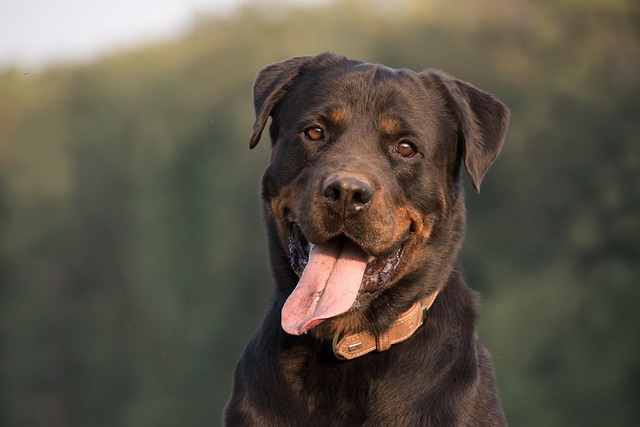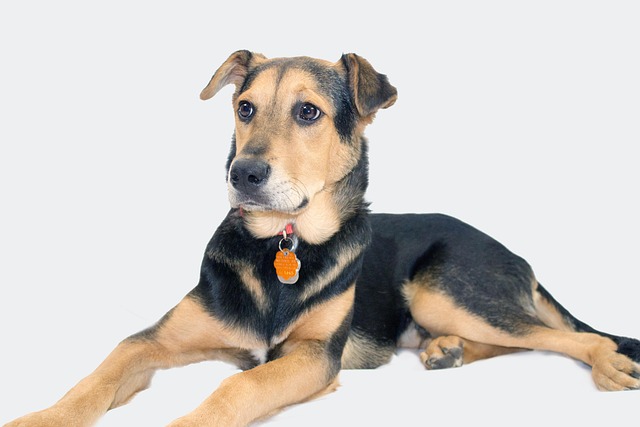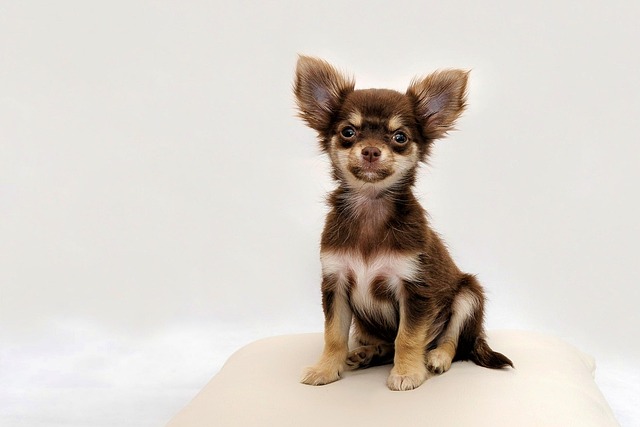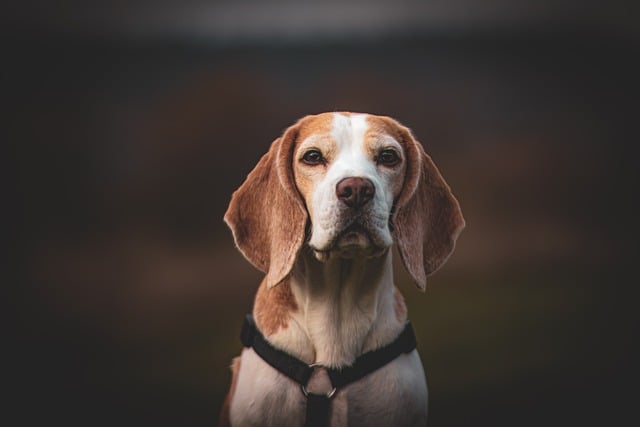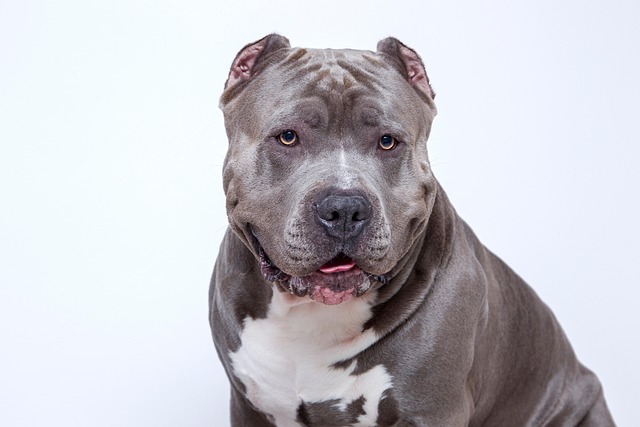Every time we bathe our dogs and see their cute appearance with wet fur and wagging tails, many owners may be lazy and think that "it's okay to let them dry naturally." However, this seemingly insignificant oversight can pose many potential health risks to our dogs. Dogs can't tell us about their discomfort with words, and every hidden danger under their wet fur requires the owners to avoid it with professional knowledge and careful care. Our love for our dogs is hidden in every patient action of drying their fur, as well as in our eagerness to protect their health after understanding the harm of not drying their fur.
Skin problems are the most direct consequence of not drying the dog after a bath. The structure of a dog's skin is different from that of a human's. Their skin is thinner and covered with fur, and a damp environment provides a breeding ground for bacteria, fungi, and mites. When the fur remains wet for a long time, the temperature and humidity on the skin surface are suitable for the growth of microorganisms, and bacteria and fungi will multiply rapidly, causing skin inflammation. Common problems like eczema can occur. In the early stage, red spots and papules will appear on the skin, and the dog will scratch and bite due to itching, leading to skin breakdown and infection. In severe cases, symptoms such as hair loss and scabs may occur. Watching the dog feel restless due to skin itching and even scratch its skin until it's scarred, as an owner, we are filled with distress and self-blame, regretting not drying its fur in time. Fungal infections, such as ringworm infections, can form circular or oval hair loss patches on the dog's skin, covered with scales. They are highly contagious, not only making the dog uncomfortable but also potentially spreading to other pets or even humans in the house. Every skin problem caused by dampness is like a thorn in the dog's body, and it also pierces the owner's heart.
Ear infections are also closely related to not drying the dog after a bath. A dog's ear canal is in an L shape, and this special structure makes it easy for water to accumulate in the ear canal. If the fur around the ears is not dried in time after a bath, the damp environment will disrupt the normal balance of the ear canal's flora, allowing bacteria and fungi that originally exist in small amounts to multiply in large numbers. Common symptoms of ear infections include the dog shaking its head frequently, scratching its ears, and the presence of brown or black secretions in the ear canal, accompanied by an unpleasant odor. If not treated in time, the infection may spread to the middle ear and inner ear, causing more serious problems such as hearing loss or even deafness. When we see the dog listless due to ear discomfort, the originally lively dog becomes dispirited, and we are filled with anxiety, wishing we could bear the pain for them.
Hair damage is also an obvious harm caused by not drying the dog after a bath. A dog's hair is composed of the hair shaft and hair follicles. Wet hair can make the cuticles open. At this time, if there is friction or external pulling, the cuticles are prone to damage and fall off, resulting in rough, dry, and brittle hair. If the hair remains wet for a long time, it may also get tangled, forming stubborn hairballs, which not only affect the appearance but also pull on the skin and cause pain. For some dog breeds with long and thick fur, such as Samoyeds and Afghan Hounds, not drying the hair makes them more prone to serious hair problems. Imagine that the originally smooth and shiny hair becomes messy due to a single oversight, just like a beautiful artwork being damaged. Looking at the dog's hair losing its luster, we are filled with regret and hope to find a way to restore its former shine.
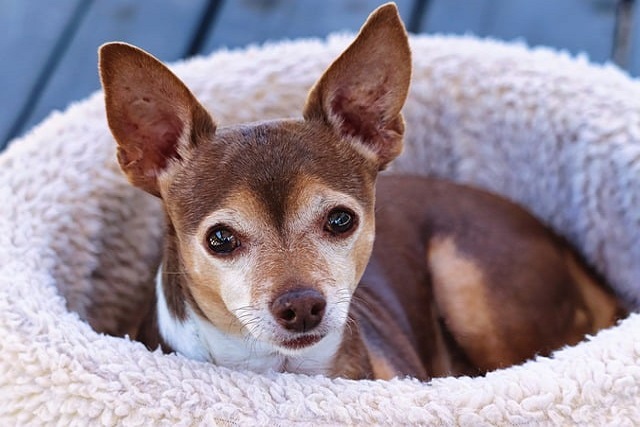
In addition, not drying the dog after a bath may also cause respiratory diseases such as a cold. A dog's ability to regulate body temperature is relatively weak, and wet fur can take away a large amount of body heat, leading to a drop in body temperature. Especially in seasons or environments with low temperatures, dogs are likely to catch a cold due to getting cold, with symptoms such as sneezing, runny nose, and coughing. If not treated in time, the condition may worsen, causing more serious respiratory diseases such as bronchitis and pneumonia. When we see the dog curled up in a corner due to a cold, shivering, and with a look of helplessness in its eyes, the feeling of distress is indescribable. We blame ourselves for not doing this seemingly simple job of drying its fur, causing it to suffer from the illness.
In the growth process of dogs, every detail is related to their health. Not drying the fur after a bath, this seemingly insignificant behavior, may lead to a series of serious consequences. From skin infections to ear diseases, from hair damage to respiratory infections, every harm makes the dog suffer, and it also makes the owner feel distressed. Therefore, for the health of the dog, every time after a bath, we should patiently use a hair dryer to thoroughly dry their fur. During the drying process, we can adjust the temperature and wind speed of the hair dryer to avoid scalding the dog. At the same time, use a comb to brush the hair to achieve a better drying effect. Watching the dog become fluffy, cute, and full of vitality after the fur is dried, we can feel at ease. Because in our hearts, the health and happiness of the dog are worth every careful care to protect them, and we should not let any oversight pose a threat to their health.
